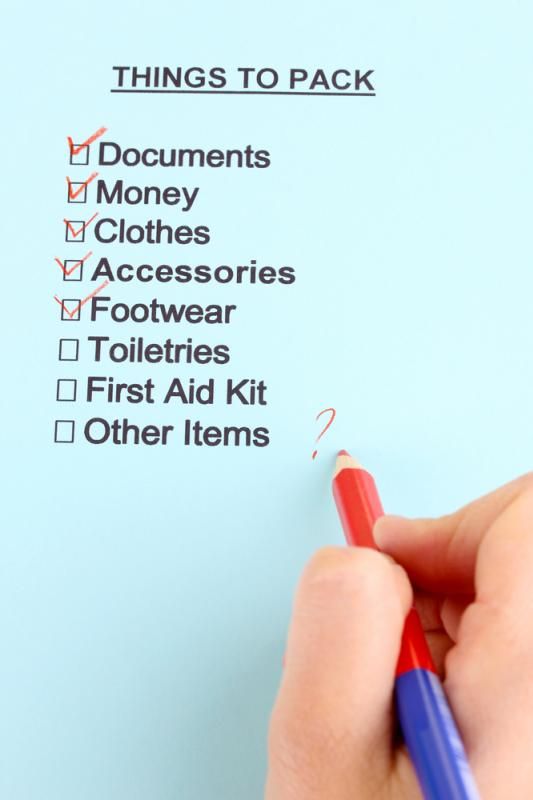July is vacation month. Kids are out of school, the weather
is hot, and it's a great time for a mid-year getaway. But for people
with arthritis, traveling can seem like an impossible dream. How do you
accommodate the pain of long sitting? What if something happens to your
medications while you're away? Are there any activities you can participate in?
Great news! With foresight and a little creativity,
you can have a great vacation away from home, solo or with friends and family.
Below are five ideas to get you started.

5 Ways to Make Traveling with Arthritis Easier
1. Car Rides:
have you ever missed out on a family road trip because your destination was several
hours away and you knew that the hours of sitting would leave you cramped and aching? Here's where a little
planning is crucial. Since you know you need to move around every hour or so to
avoid pain, plan your stops! Find your course on a map and see which cities
you'll be driving through, and when. Then go online and find food, shopping, or
coffee stops to add to the existing bathroom/gasoline breaks. That way the stops are
family fun, not just necessity for you. It's a great way to meet your needs without feeling self-conscious.
2. Air Travel: ok,
you can't exactly ask the pilot to stop every hour so you can get a break from
sitting, but there are plenty of ways to make air travel comfortable for you.
First, talk to the flight attendant before the flight and explain your needs.
That way he or she will be expecting to see you taking frequent walks around
the cabin, and can be available to help if you should need it. Booking early can enable you to choose the best seat for you, and if
your finances allow it, you can spend a little more and book business class.
The added comfort is worth the extra cost.
3. Medications: this is an important enough issue to merit its own place in our list. Traveling
with meds can be tricky, especially when you're relying on public
transportation (planes, trains, buses). The number one thing to remember when
traveling with meds is to ALWAYS carry them with you. They should not be under
the bus, plane, or train where they can get lost or stolen, or where you can't
get to them immediately. Make sure your name is clearly visible on all bottles, blister packets, etc. It's a good idea to pack extra, just in case something
happens to delay your return home. Should you find yourself without enough medicine
to last your trip (in spite of all your careful planning), don't worry! A local
pharmacist can usually contact your home pharmacy and get you the amount of
medicine you require to finish out your trip. Talk to your home pharmacist before
you go out of town. Let him or her know your plans, and make sure they can
cover you in an emergency.
4. Be Organized:
because of your special circumstances, it's extra important that you have
everything you need before you leave your home. But don't let that stop your
plans-getting organized to travel is actually very simple and will be second
nature after one or two trips. First, make a list of everything you will need. This
includes clothes, meds, and anything else you use on a daily basis. Do this
plenty of time in advance, so you have time to add to it if necessary. Take a
photocopy of your identification documents (driver's license, passport,
military I.D., etc) and keep them in a separate piece of luggage, away from the
originals. That way you have backups if you lose the originals. Talk to
people who are vital to your health at home, such as doctors, physical
therapists, and pharmacists. Let them in on your plans so they are ready to
help if you have a problem while you're away. And finally, make some plans for
what you will do if you have a high pain day, or if there is an activity you
don't feel like participating in.
5. Travel Light:
part of this one falls under "Be Organized," since in order to pack
light you must be able to plan ahead and take only the items you'll need for
your trip. Make sure you know what kind of weather to expect, and what your
activities will be. Pack accordingly. Another way to travel light is to have
several items of clothes that can be repurposed. For example, a fitted cotton
t-shirt is perfect with shorts for sight seeing during the day, and can transitioned to nighttime dinner out with some slacks and accessories. As for the
luggage, test it to make sure you can handle it. Rolling suitcases can be a
great help, but choose a small one. This encourages you to be careful with what
you pack, and has the added benefit of being a carry-on which means no lost luggage for
you! This last idea might seem a bit unorthodox, but it can be a great
solution: mail your luggage ahead of you! That way all you need to worry about
is your toiletries, meds, and maybe one change of clothes, all of which can be
managed in a small carry-on. Sending your luggage ahead to your destination can
be especially useful if you will be enjoying an extended stay and would
otherwise have to lug a huge suitcase around. Even if you're staying at a
hotel, rather than with family or friends, call ahead to see if they'd be
willing to help you out. Most places are happy to assist.
There is no need to let arthritis keep you at home while
others hit the road. With just a few adjustments, you can have an amazing trip
and create wonderful memories with friends and family. Happy trails!

No comments:
Post a Comment